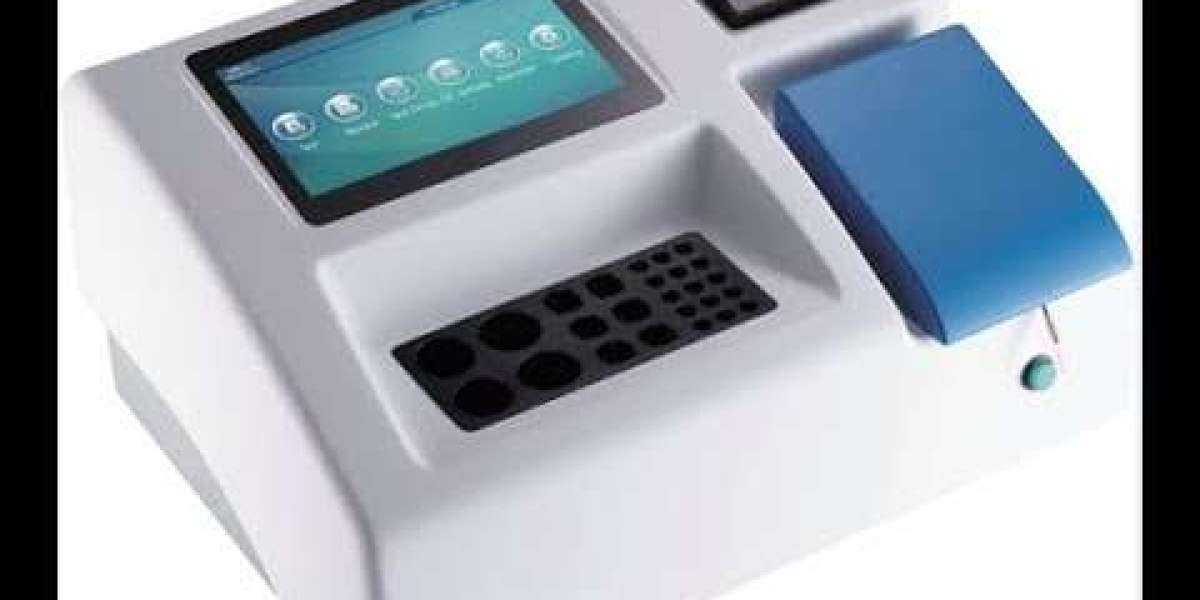Clinical chemistry analyzers are sophisticated machines designed for performing chemical analyses of biological samples. These devices have become essential in clinical laboratories for diagnosing and monitoring a wide variety of diseases such as diabetes, heart conditions, kidney disease, and liver disorders.
A clinical chemistry analyzer works by measuring the concentration of specific substances in the blood, urine, or other bodily fluids. By determining these levels, clinicians can draw conclusions about the health of various organs and systems.
Importance of Clinical Chemistry in Diagnostics
Clinical chemistry analyzers a crucial role in the diagnosis and monitoring of diseases. By analyzing biological fluids, clinicians can obtain valuable data about a patient’s metabolic state, electrolyte balance, liver and kidney function, and overall biochemical health.
Some examples of common tests performed by clinical chemistry analyzers include:
Blood glucose levels
Cholesterol and lipid profiles
Liver enzymes
Renal function tests
Hormonal assessments
These tests assist healthcare professionals in diagnosing conditions such as diabetes, metabolic syndrome, cardiovascular diseases, liver dysfunctions, and kidney disorders.
- Types of Clinical Chemistry Analyzers
Clinical chemistry analyzers come in various configurations depending on their design, automation, and functionality. Below are some of the main types:
- Benchtop Analyzers
These are smaller, more compact machines that are typically used in laboratories with limited space or those that require high-speed results for smaller patient loads. They offer versatility and can perform a range of tests but usually have lower throughput compared to larger, fully automated systems.
- Automated Clinical Chemistry Analyzers
These systems are fully automated, performing all phases of testing (sample preparation, analysis, and result reporting). Automated systems allow for high-throughput testing, which is ideal for larger laboratories. They are designed to handle a large number of tests per hour and often integrate with laboratory information management systems (LIMS).
- Fully Automated Systems
Fully automated analyzers combine high-speed analysis, sample handling, and result reporting. These systems are designed to process hundreds to thousands of samples daily, significantly improving efficiency and reducing human error. Examples of manufacturers that produce such systems include Roche, Siemens Healthineers, and Abbott Laboratories.
- Semi-Automated Analyzers
Semi-automated analyzers require some human intervention during the testing process. These machines can be a good fit for small to mid-sized laboratories that do not require the full capacity of fully automated systems. The laboratory technician may need to load and unload samples or calibrate the system manually, but much of the work is still automated.
- Point-of-Care (POC) Analyzers
Point-of-care testing refers to diagnostic tests that are performed outside of traditional laboratory settings, typically near the patient. These analyzers provide rapid results and are often used in emergency rooms, intensive care units, or outpatient clinics. Examples of POC analyzers include portable glucose meters and devices used for cardiac markers.
Get More Insights On Clinical Chemistry Analyzers
Get this Report in Japanese Language
Get this Reports in Korean Language
About Author:
Priya Pandey is a dynamic and passionate editor with over three years of expertise in content editing and proofreading. Holding a bachelor's degree in biotechnology, Priya has a knack for making the content engaging. Her diverse portfolio includes editing documents across different industries, including food and beverages, information and technology, healthcare, chemical and materials, etc. Priya's meticulous attention to detail and commitment to excellence make her an invaluable asset in the world of content creation and refinement.
(LinkedIn- https://www.linkedin.com/in/priya-pandey-8417a8173/)














